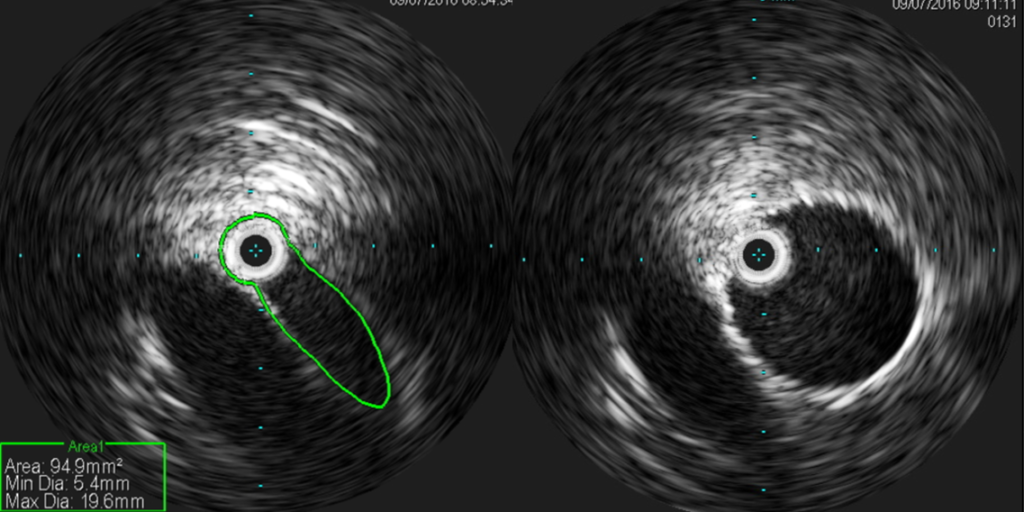Venous Claudication

Blogs

Blogs
Venous Claudication

Venous claudication is one of the severe sequalae of lower extremity deep venous thrombosis (DVT). It occurs most commonly after iliofemoral DVT (IFDVT). IFDVT typically occurs because of compression of the iliac veins in the pelvis. This is referred to as Iliac Vein Compression Syndrome (IVCS) - also known as May Thurner Syndrome. The compression point restricts the flow of blood out of the leg and back to the heart. This increases the risk of developing a DVT. The most common variant of IVCS occurs where the right common iliac artery crosses over and compresses the left common iliac vein. This is the reason why leg vein problems and DVT are more common on the left. There are variants that occur at other locations in the pelvis.
Venous claudication occurs when there is severe restriction of blood flow out of the leg. It causes severe thigh and leg tightness and pain with exercise. The pain typically takes 20-30 minutes of rest to resolve. Leg elevation can improve the time it takes to relieve the pain.
Correction of the outflow obstruction can dramatically improve the quality of life of patients suffering from IVCS and IFDVT. The goal is to restore inline flow from the leg to the inferior vena cava (IVC). This is primarily accomplished through endovascular reconstruction of the iliac and femoral veins using stents.
Below are two typical post iliofemoral DVT patients with venous claudication treated with venoplasty and stenting.
The second patient, a 22 year old male, had only partial improvement after treatment.
The difference in improvement between the 2 patients was the status of the deep venous system in the thigh and calf. The first patient had a nearly normal deep venous system, while the second patient had post thrombotic changes in the veins limiting blood flow out of the leg.
Both of these patients would have benefited from more aggressive treatment at the time of their initial diagnosis.

